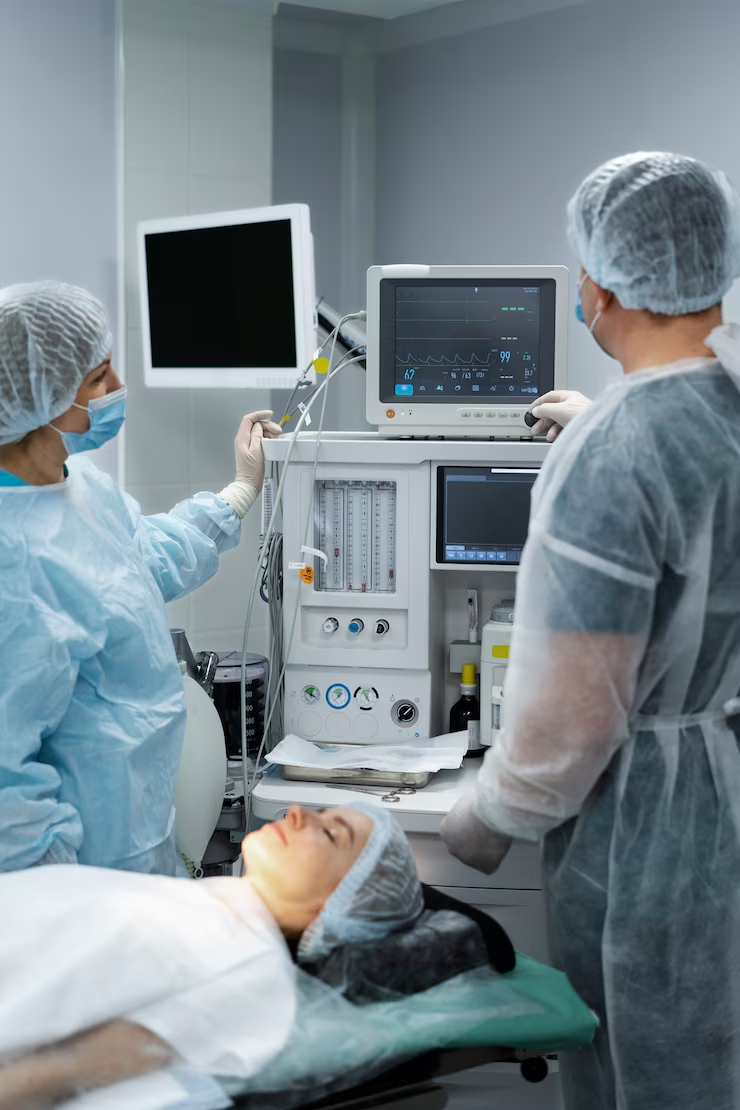Robotic Assisted Gynecologic Surgery: A New Era in Women’s Health

Robotic-assisted gynecologic surgery has emerged as a revolutionary advancement in the field of women’s healthcare. This minimally invasive surgical approach utilizes robotic systems to enhance precision, flexibility, and control during gynecologic procedures. With its numerous benefits, robotic-assisted surgery is transforming the landscape of gynecologic care.
Understanding Robotic-Assisted Gynecologic Surgery
In robotic assisted gynecologic surgery, the surgeon operates a robotic console while a robotic arm with specialized instruments performs the surgery inside the patient’s body. The surgeon controls the robotic arm’s movements through the console, which provides a high-definition, three-dimensional view of the surgical site. This advanced technology allows for greater accuracy and dexterity, even in complex procedures.
Advantages of Robotic-Assisted Gynecologic Surgery
Robotic-assisted gynecologic surgery offers several advantages over traditional open surgery and laparoscopy. These benefits include:
- Smaller Incisions: Robotic surgery requires only small incisions, leading to reduced scarring, less pain, and faster recovery.
- Reduced Blood Loss: The precision of robotic instruments minimizes blood loss during surgery, reducing the need for transfusions.
- Shorter Hospital Stay: Patients undergoing robotic surgery typically experience shorter hospital stays and can return to their daily activities sooner.
- Less Postoperative Pain: Robotic surgery is associated with less postoperative pain, leading to improved patient comfort and satisfaction.
- Lower Risk of Infection: Smaller incisions and minimally invasive techniques reduce the risk of infection compared to open surgery.
- Enhanced Precision: Robotic systems provide surgeons with enhanced precision, allowing for delicate procedures and improved surgical outcomes.
Applications of Robotic-Assisted Gynecologic Surgery
Robotic-assisted gynecologic surgery can be used for a wide range of procedures, including:
- Hysterectomy (removal of the uterus)
- Myomectomy (removal of fibroids)
- Endometriosis excision
- Sacrocolpopexy (pelvic organ prolapse repair)
- Ovarian cyst removal
- Tubal ligation (permanent contraception)
Considerations and Future Directions
While robotic-assisted gynecologic surgery offers numerous advantages, it is important to note that it may not be suitable for all patients or procedures. Factors such as the patient’s medical history, the complexity of the surgery, and the surgeon’s expertise should be considered when deciding on the most appropriate surgical approach.
The future of robotic-assisted gynecologic surgery is promising, with ongoing research and development aimed at expanding its applications and improving its outcomes. Advancements in robotic technology, such as haptic feedback and artificial intelligence, hold the potential to further enhance the precision and safety of these procedures.
Patient Selection and Considerations
While robotic-assisted gynecologic surgery is a valuable tool, it may not be suitable for all patients or procedures. Factors such as the patient’s medical history, the complexity of the surgery, and the surgeon’s expertise should be considered when deciding on the most appropriate surgical approach. A thorough discussion between the patient and surgeon is crucial to ensure informed decision-making.
Conclusion
Robotic-assisted gynecologic surgery represents a significant advancement in women’s healthcare, offering a minimally invasive alternative to traditional open surgery. With its numerous benefits, including smaller incisions, reduced pain, and faster recovery, robotic surgery is transforming the way gynecologic procedures are performed. As technology continues to evolve, robotic-assisted gynecologic surgery is poised to play an increasingly important role in providing women with safe, effective, and minimally invasive treatment options.



